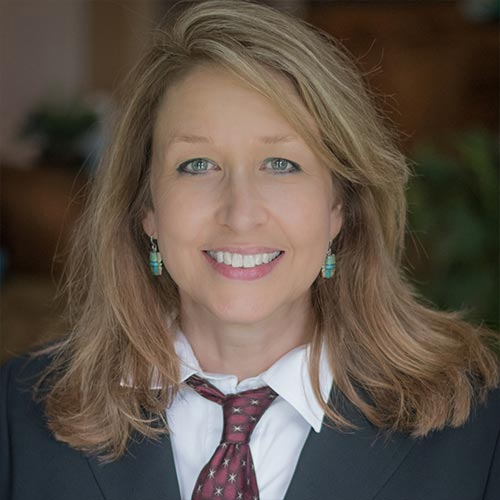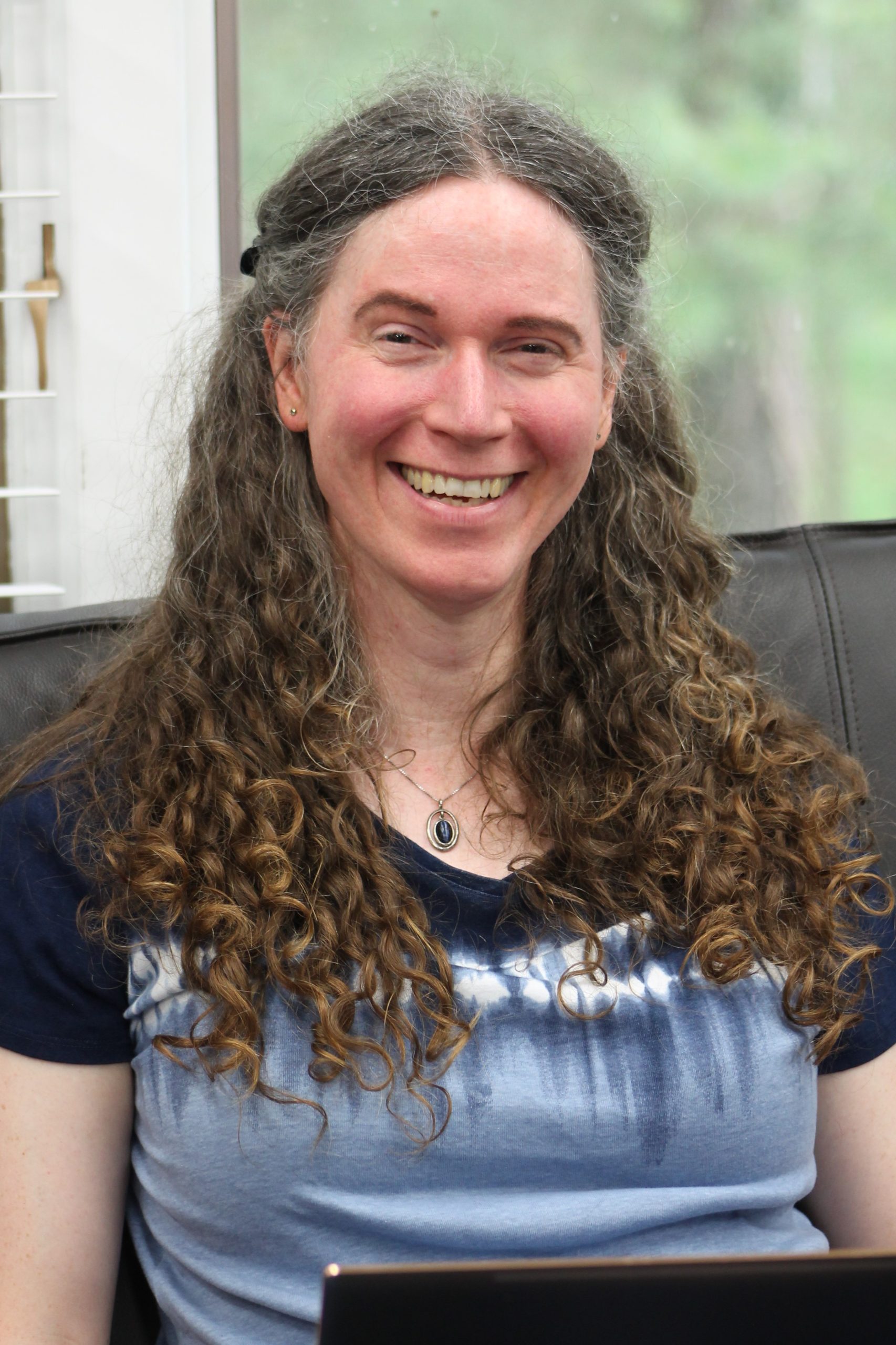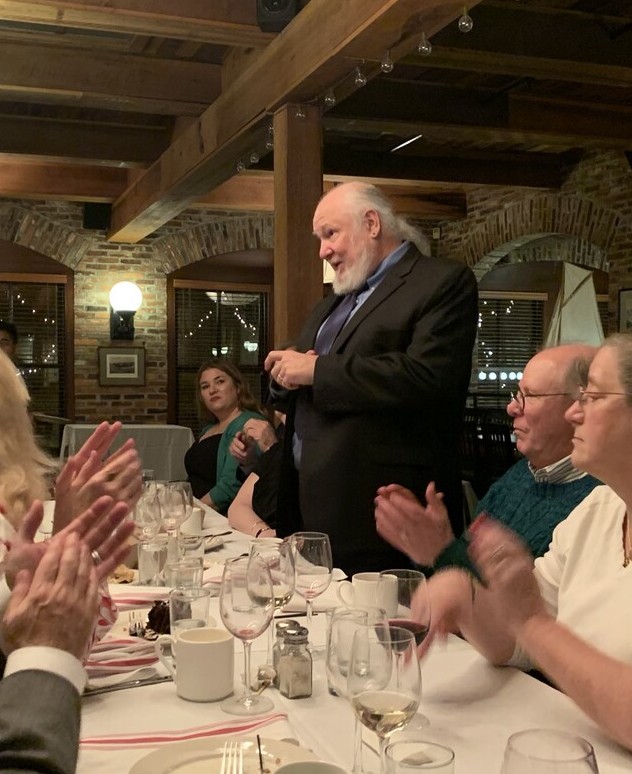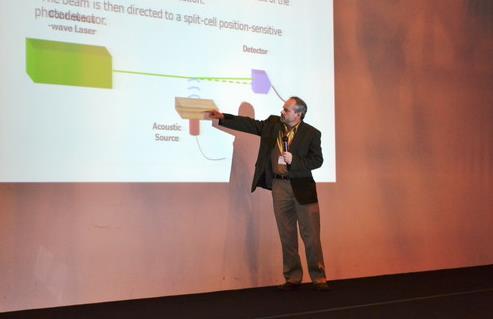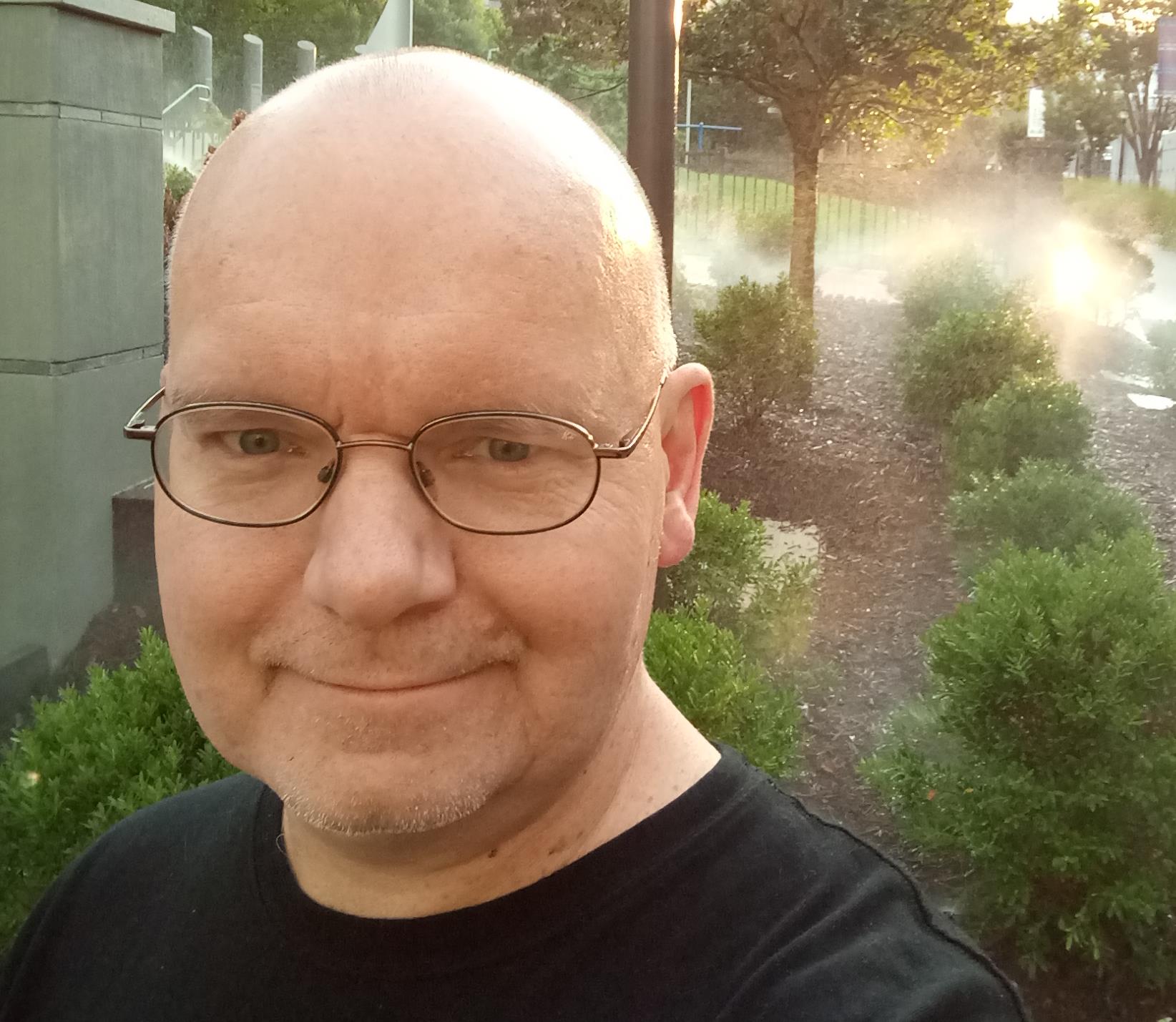Dr. Chris Rollins
Emeritus
Education: Ph.D., Physics, Northeastern University, 1984
M.S., Physics, Northeastern University, 1980
B. A., English Literature, University of Rochester, 1976
Dr. Chris Rollins was previously Vice President and Chief Operating Officer of Research Support Instruments (RSI), but is currently emeritus.
Dr. Rollins joined RSI in 1992, to collaborate with the Naval Research Laboratory (NRL) on the Clementine lunar spacecraft project. Since that time he has been active in several spacecraft programs including TICAS, NRL-HSI, NEMO, RIT, TacSat-4, JMAPS, and GOES-R; he has worked in all phases of spacecraft development, from initial design through launch and operations. For Clementine, Dr. Rollins performed systems engineering and functioned as a key technical liaison between NRL and LLNL. From February 1995 to June 1996, Dr. Rollins participated in the TICAS tactical imager architecture study. From June 1996 to March 2002, Dr. Rollins worked on the Navy EarthMap Observer (NEMO) satellite. Dr. Rollins authored the baseline hyperspectral payload design for the NEMO RFP, performed systems engineering studies, and conducted performance tests on the NEMO instruments. From September 1996 to March 1997, Dr Rollins worked on the NRL-HSI hyperspectral satellite. For this activity, he developed the baseline optical design. From June, 1997 to October 2003 , Dr. Rollins worked on the Revolutionary Imaging Technology (RIT) program in sparse-aperture space-based imaging. For the RIT program he led the development of a 16-channel multicolor camera, and participated in optical analyses and test-bed development.
From October 2003 to March 2010, Dr. Rollins worked on the NRL Surrogate Sensor Experiment (SSE) program which evaluated large format (16 Megapixel and larger) imaging arrays for remote sensing applications. From January to June 2004, he worked on the AIRIS Wide Area Detector (AWAD) program. Under AWAD, Dr. Rollins designed and developed a wide-angle infrared beam expander. From February 2005 to July 2007, he worked for the NRL TMA program and its descendent, TacSat-4, performing system trades and analyses for tactical satellite payloads. From August 2005 to December, 2011, Dr. Rollins supported the JMAPS program as JMAPS Systems Scientist. From June 2006 to present Dr. Rollins supported the GOES-R/ABI flight project as a detector, calibration, and instrument systems engineering expert. Dr. Rollins is currently the ABI Flight Project Instrument Systems Engineer. He also represents the ABI Flight Project on the GOES-R Calibration Working Group.
From 1991 to 1992, Dr. Rollins worked at Northeastern University, both in detector design for the experimental high-energy physics group, and as a Physics lecturer. Concurrently, he worked with Radiation Monitoring Devices (RMD), Watertown, MA, in the areas of avalanche diode development for Supercollider applications, and in atmospheric acoustic scattering analysis for White Sands Missile Range.
From 1984 to 1990, Dr. Rollins worked at RSI's parent company, Physical Sciences Inc. (PSI), as Group Leader, Pulsed Laser Applications. Dr. Rollins was the Principal Investigator for PSI efforts under the SDIO Laser Propulsion Program, exploring laser thermal propulsion for ground to orbit launches of small payloads. Dr. Rollins also participated in the Hardening Data Base and ALARM laser-resistant-materials development programs and functioned as a consultant to Defense Nuclear Agency and Los Alamos National Laboratory on laser supported detonation waves.

